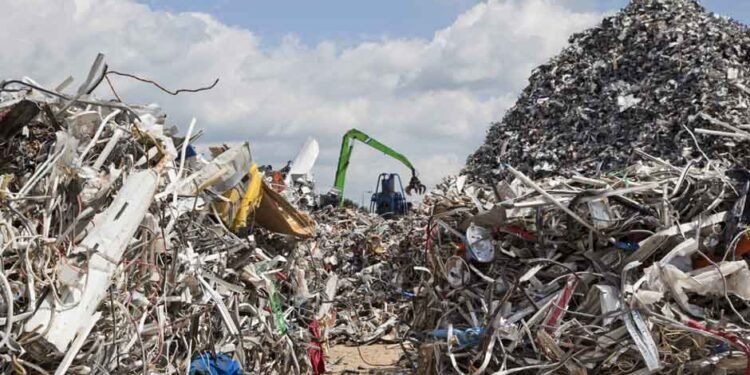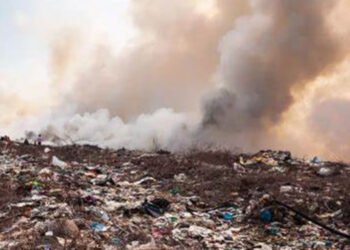Sorting scrap aluminum by alloy type is critical for producing high-quality recycled materials, but it requires advanced technology to do so efficiently. Innovations within modern an aluminum recycling system, such as spectroscopic analysis and automated sorting, have greatly improved the precision of these processes. Explore how these advancements enhance both the productivity and profitability of aluminum recycling efforts.
The Importance of Aluminum Recycling
Environmental Benefits
Aluminum recycling plays a crucial role in our efforts to protect the environment. It significantly reduces energy consumption and greenhouse gas emissions compared to primary aluminum production. Recycling just one aluminum can save enough energy to power a television for three hours. This energy efficiency makes aluminum recycling a cornerstone of sustainable resource management.
Economic Advantages
The economic benefits of aluminum recycling are substantial. Aluminum recycling creates jobs in collection, sorting, and processing facilities. Moreover, recycled aluminum requires only 5-10% of the energy needed to produce new aluminum, resulting in considerable cost savings for manufacturers. These savings can be passed on to consumers, making recycled aluminum products more affordable and competitive.
Preserving Natural Resources
Aluminum recycling helps conserve valuable natural resources. The process reduces the need for bauxite mining, which can have significant environmental impacts. By implementing an efficient aluminum recycling system, we can extend the lifespan of existing aluminum resources, reducing the strain on our planet’s finite mineral deposits. This circular economy approach ensures that aluminum remains a sustainable material for future generations.
Challenges in Aluminum Recycling
Aluminum recycling faces several hurdles that impact its efficiency and effectiveness. Understanding these challenges is crucial for developing solutions that enhance the recycling process.
Contamination Issues
One of the primary obstacles in aluminum recycling is contamination. When mixed with aluminum scrap, non-aluminum materials can significantly reduce the quality of the recycled product. Common contaminants include:
- Plastic caps and labels
- Steel components
- Paint and coatings
These impurities can lead to increased processing costs and lower-quality recycled aluminum.
Sorting Complexities
The diverse range of aluminum alloys in various products complicates the sorting process. Different alloys have distinct properties and melting points, making it essential to separate them accurately. This challenge becomes more pronounced with the increasing complexity of consumer goods.
Market Fluctuations
The volatility of scrap aluminum prices can impact the economic viability of recycling operations. When prices drop, it may become less profitable for collectors and processors to handle aluminum scrap, potentially reducing overall recycling rates.
How Scrap Sorting Technologies Improve Recycling Efficiency
Advanced Sorting Techniques
Scrap sorting technologies are crucial to enhancing the efficiency of aluminum recycling. By employing sophisticated methods like eddy current separation and X-ray fluorescence, recycling facilities can rapidly and accurately sort different grades of aluminum scrap. This precision sorting ensures that high-quality aluminum is appropriately identified and separated from lower-grade materials, optimizing the recycling process.
Increased Purity and Value
The implementation of advanced sorting technologies significantly improves the purity of recycled aluminum. By removing contaminants and accurately classifying alloys, these systems produce higher-quality recycled material. This increased purity translates to more excellent value in the marketplace, as manufacturers can rely on consistent, high-grade recycled aluminum for their production needs.
Streamlined Processing
Automated sorting technologies streamline your aluminum recycling system, reducing manual labor and increasing throughput. This efficiency cuts operational costs and allows for processing larger volumes of scrap aluminum. As a result, more aluminum can be recycled and reintroduced into the manufacturing supply chain, reducing the need for energy-intensive primary aluminum production and lowering the industry’s environmental impact.
Final Thoughts
The future of aluminum recycling lies in continued technological advancements and the widespread adoption of these sorting methods. As a stakeholder in this industry, your commitment to embracing these technologies will benefit your operations and contribute to a more sustainable and circular economy. By staying informed and investing in cutting-edge sorting solutions, you’ll be well-positioned to meet the growing demand for high-quality recycled aluminum in an increasingly eco-conscious world.










